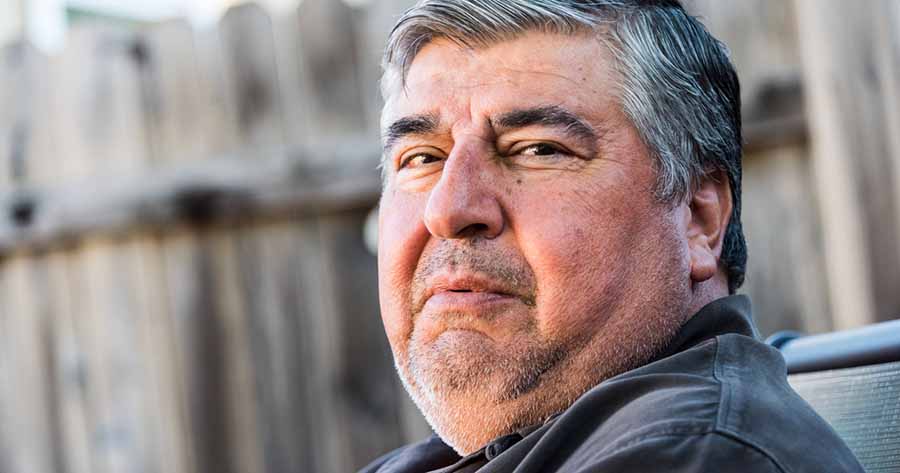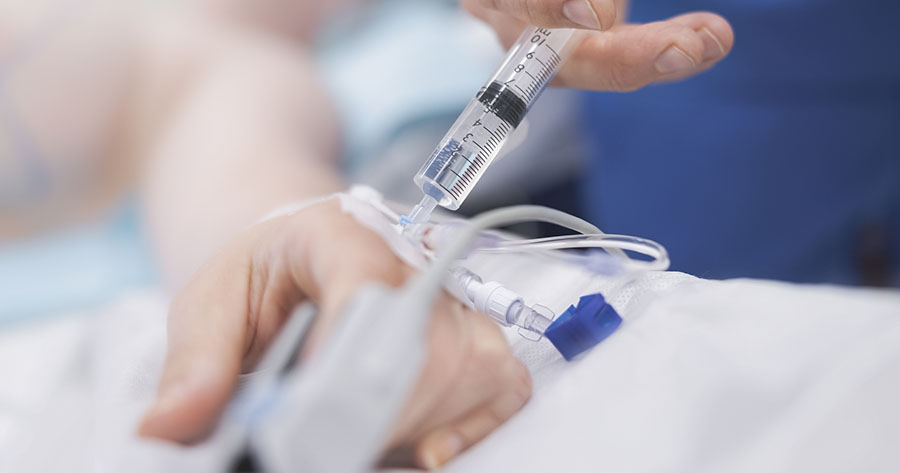By Colin Kenny, GP, Dromore
This new guidance suggests that glucose-lowering therapy should be individualised and tailored to the needs of the person with type 2 diabetes. It suggests an HbA1c target of 48 mmol/mol (6.5%), or 53 mmol/mol (7.0%) if on a drug that causes hypoglycaemia, with one or two intensifications to a target of 53 mmol/mol (7.0%) if an HbA1c of 58 mmol/mol (7.5%) is not achieved. Routine self-monitoring of blood glucose is not recommended but is restricted to those running a risk of hypoglycaemia.
Metformin is recommended as a first-line agent, with the sustained-release version an option when standard-release is not tolerated. A dipeptidyl peptidase-4 (DPP-4) inhibitor, pioglitazone or a sulfonylurea are also first-line options in the event of intolerance. These agents can also be used at first or second intensification along with sodium–glucose cotransporter 2 inhibitors. The use of glucagon-like peptide-1 receptor agonists is restricted to those with a BMI over 35 kg/m2, again with clear exceptions. A complex and detailed algorithm accompanies all this guidance.
To access the full guidelines, click here.





